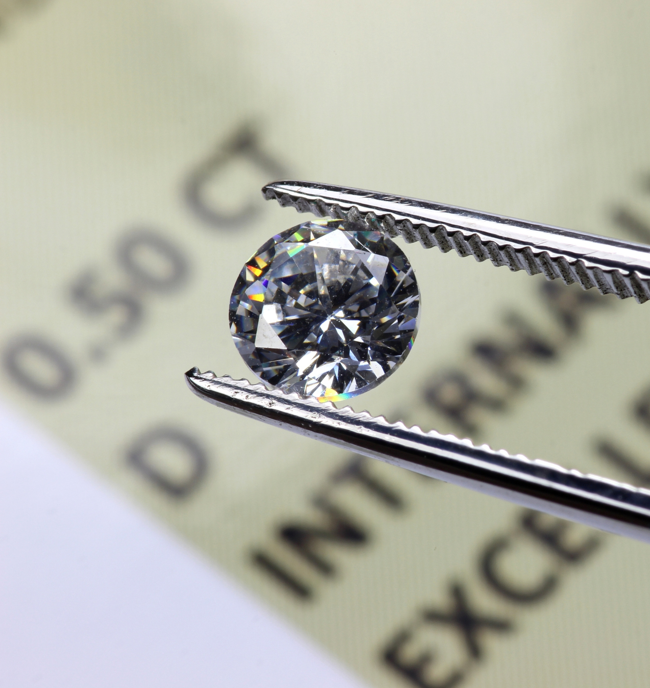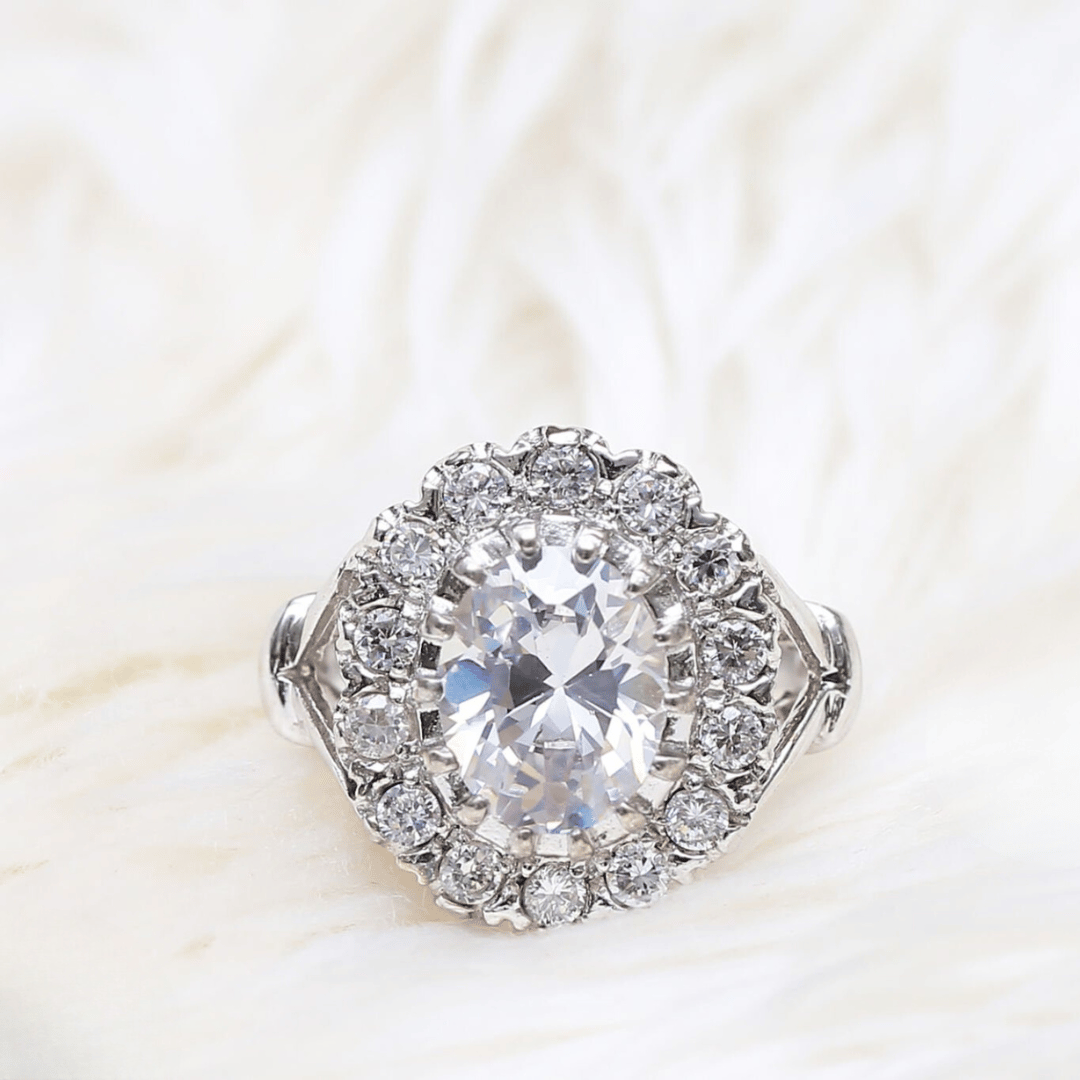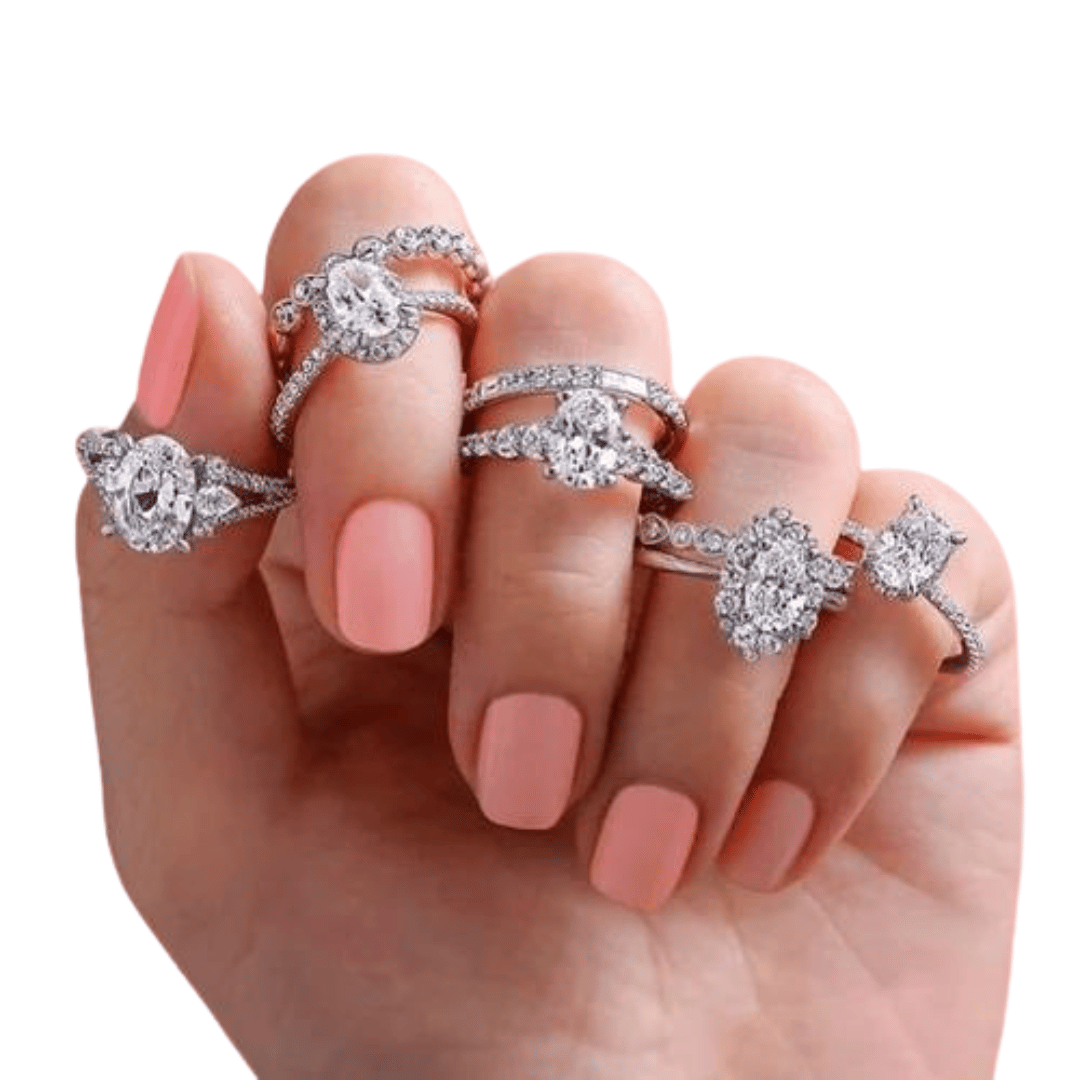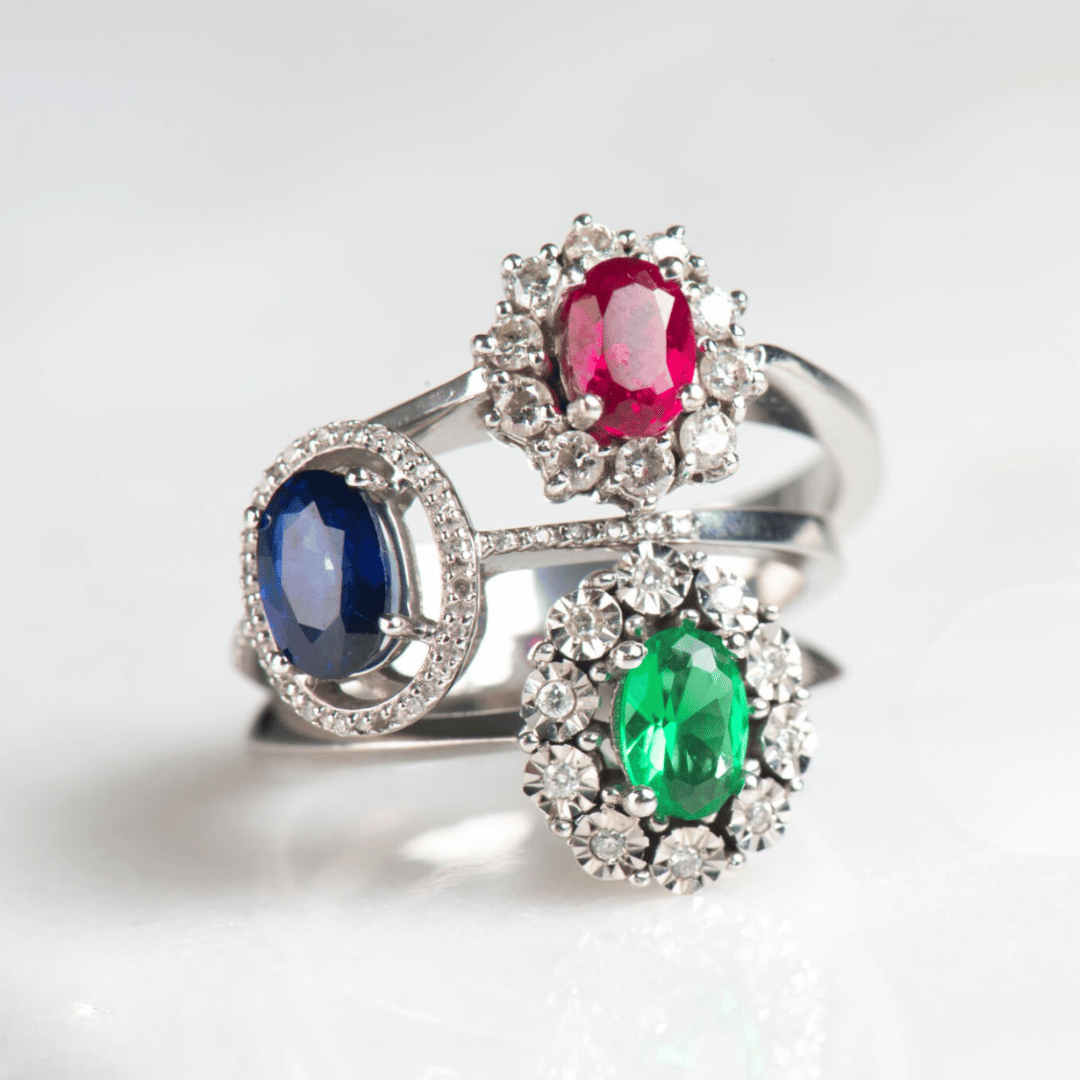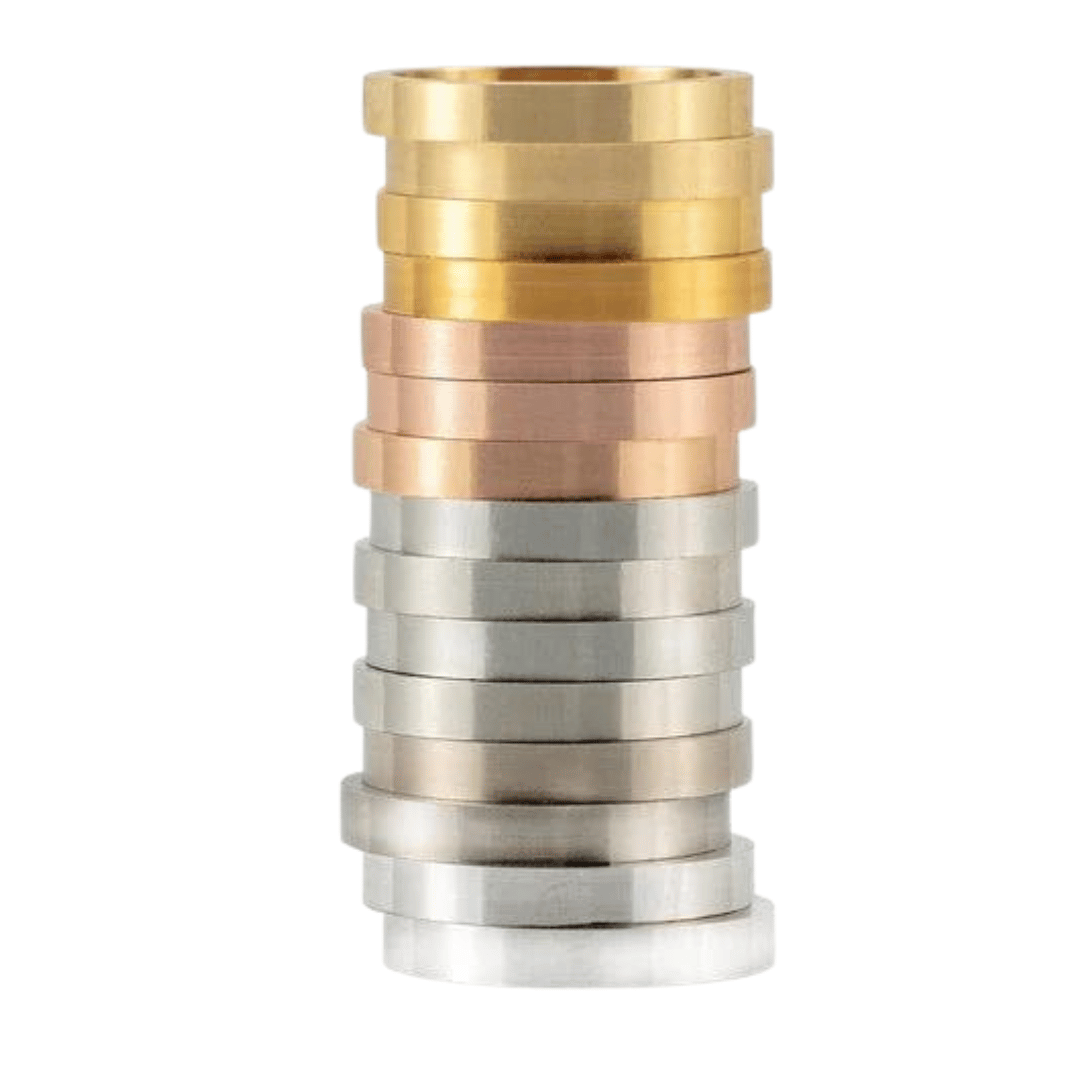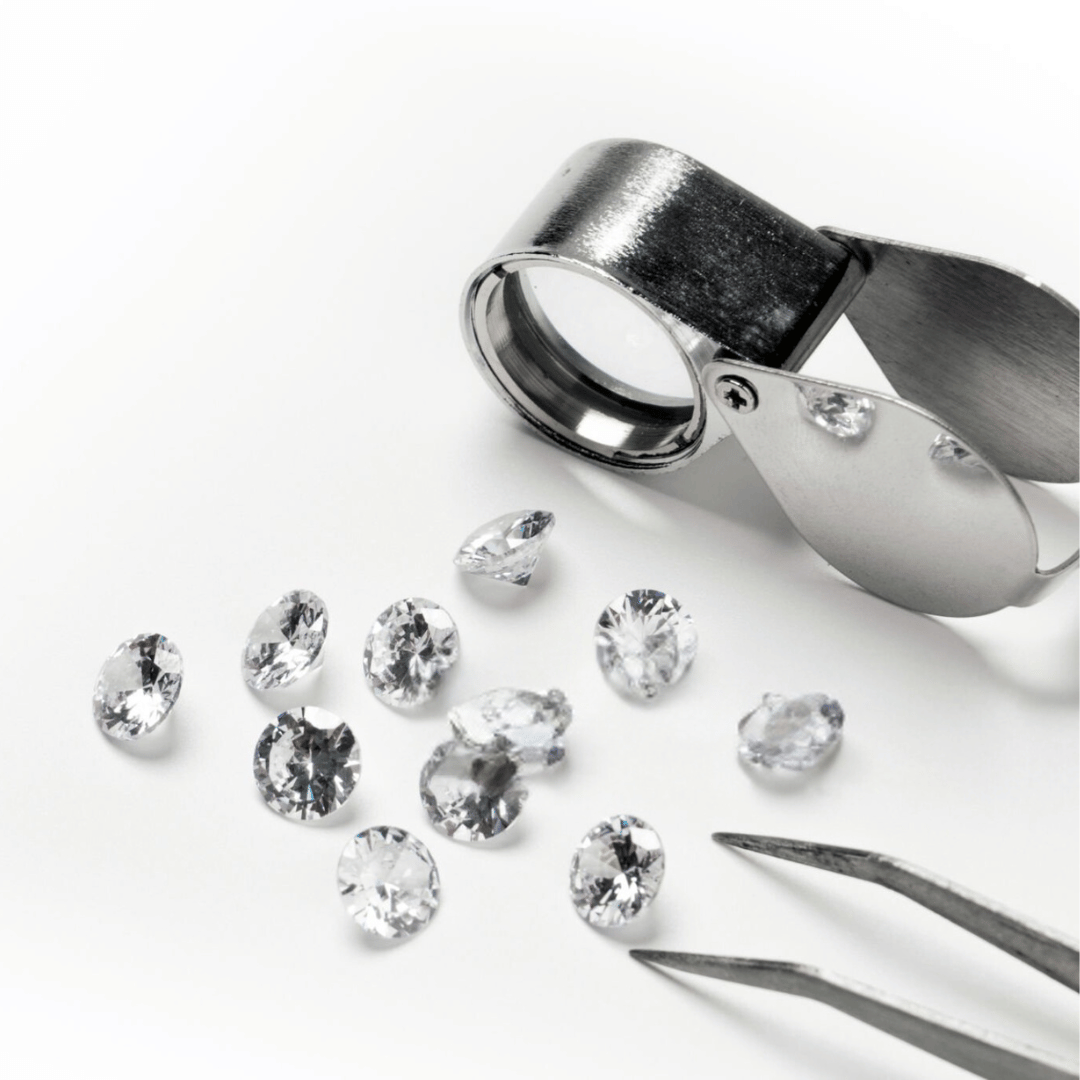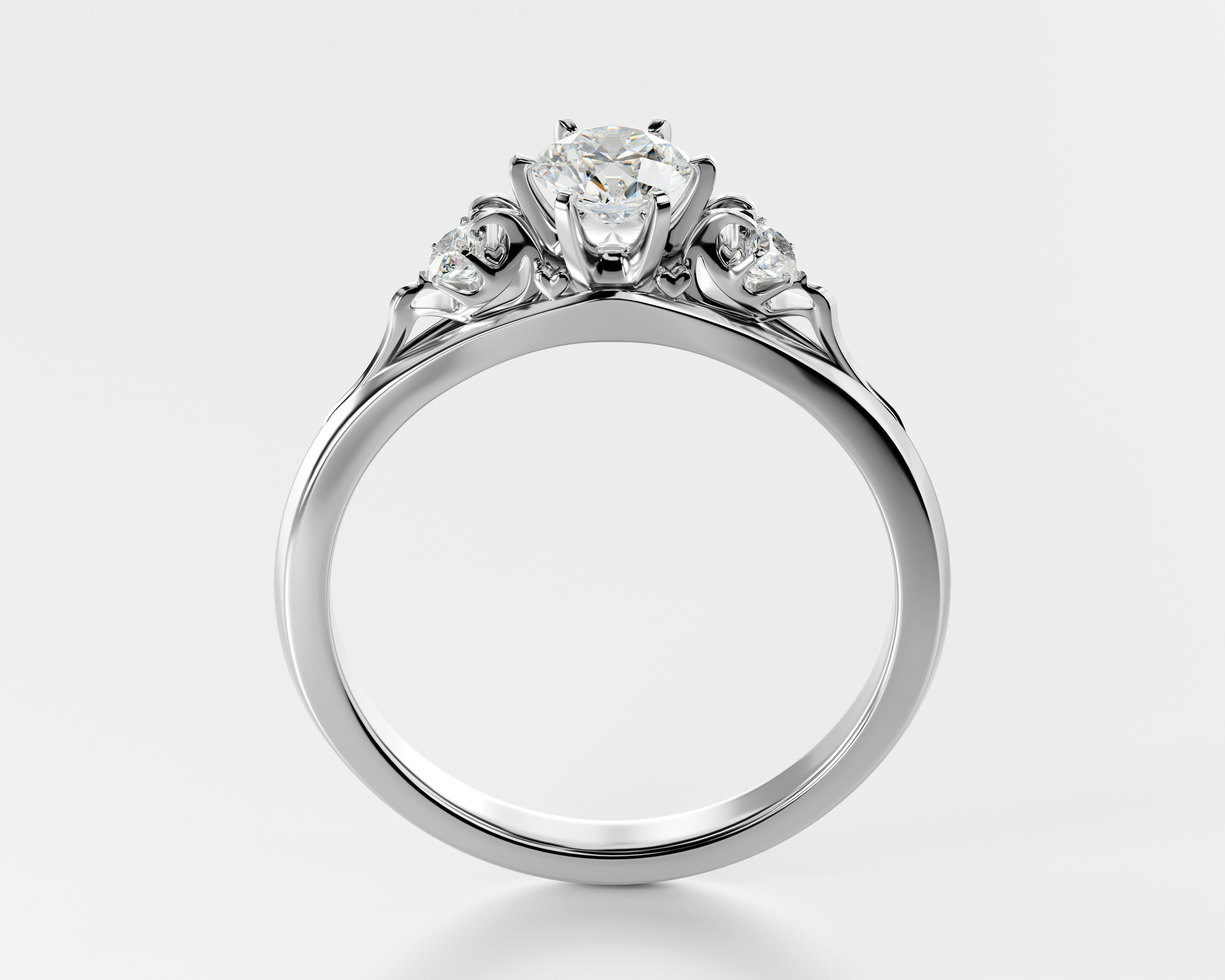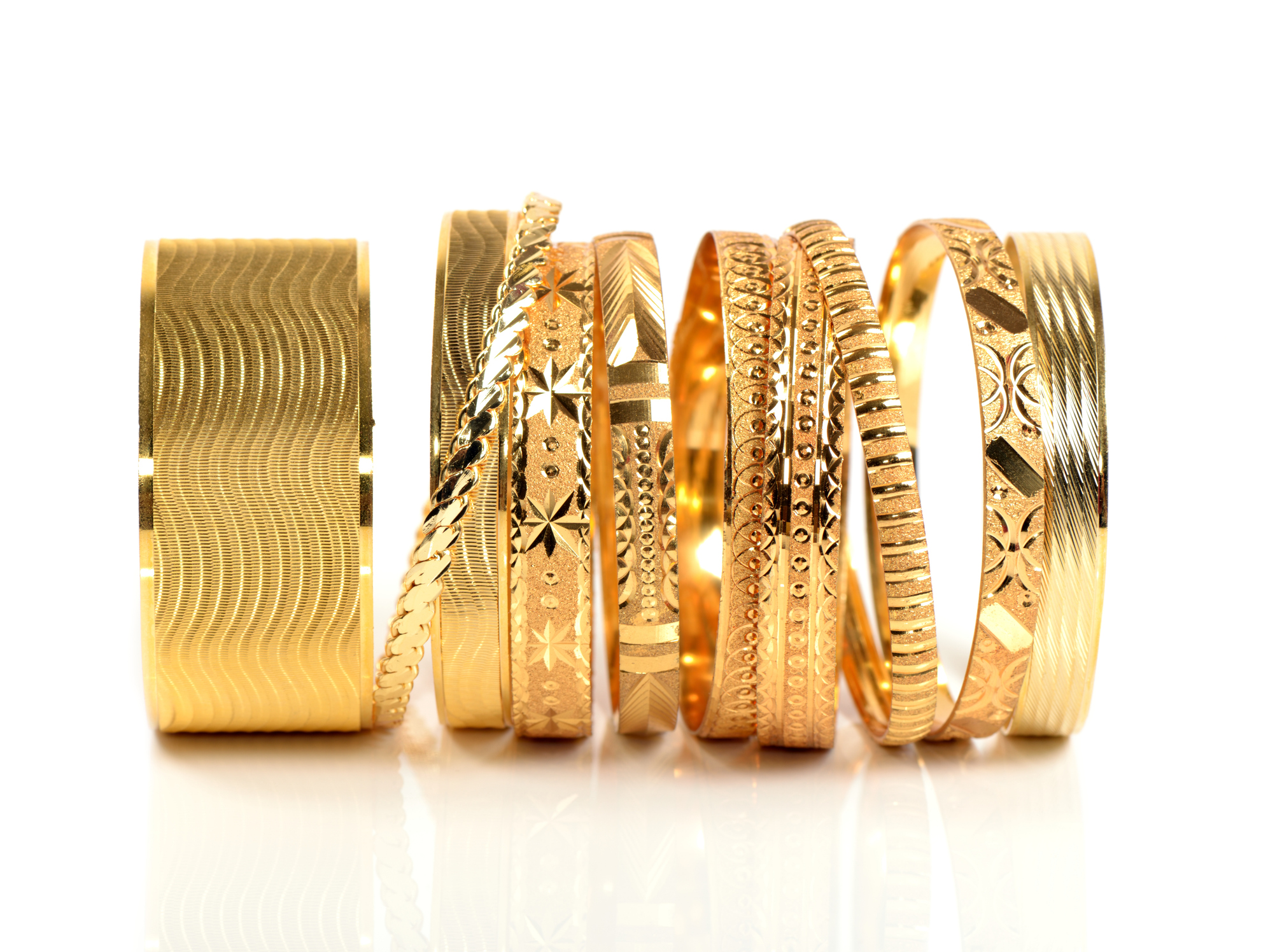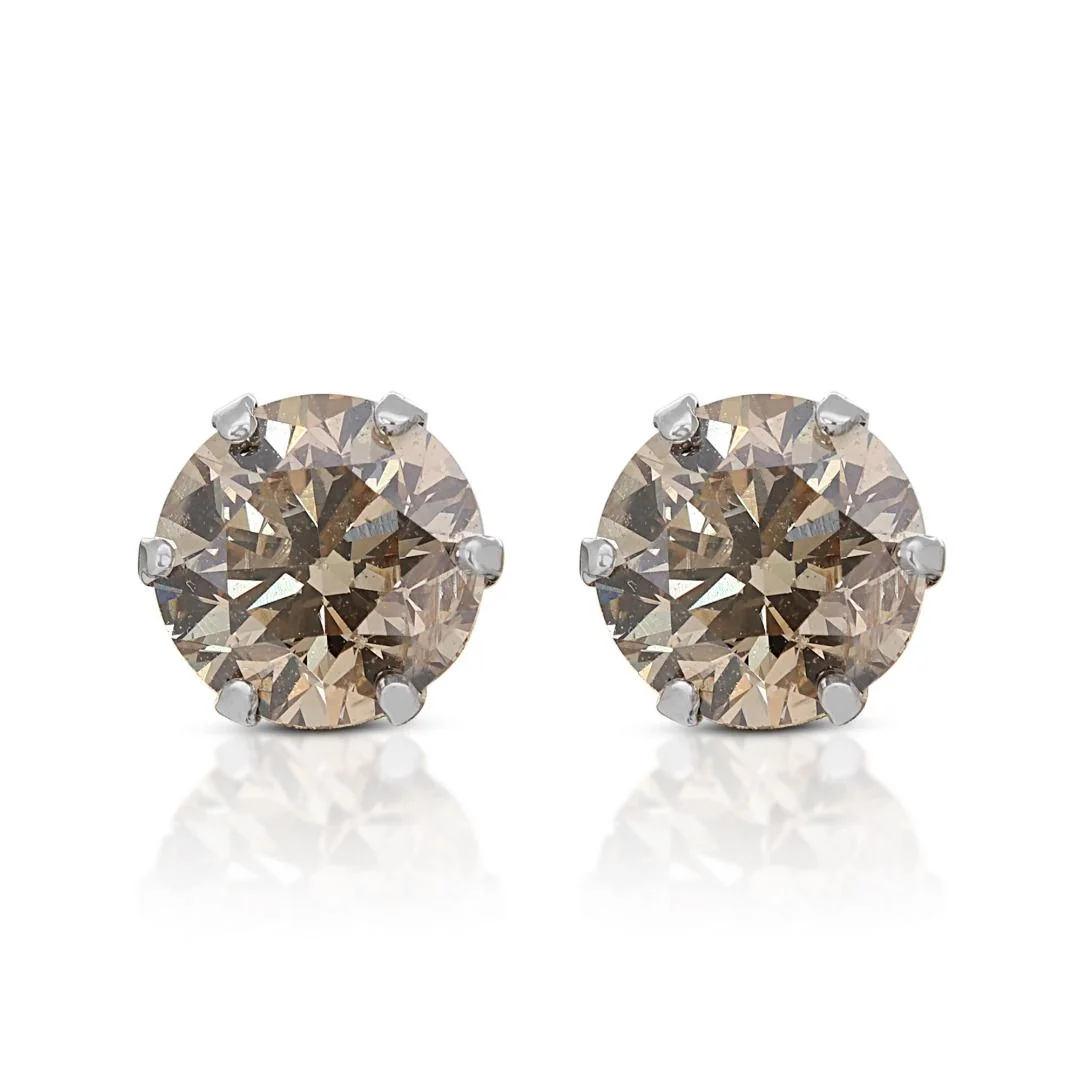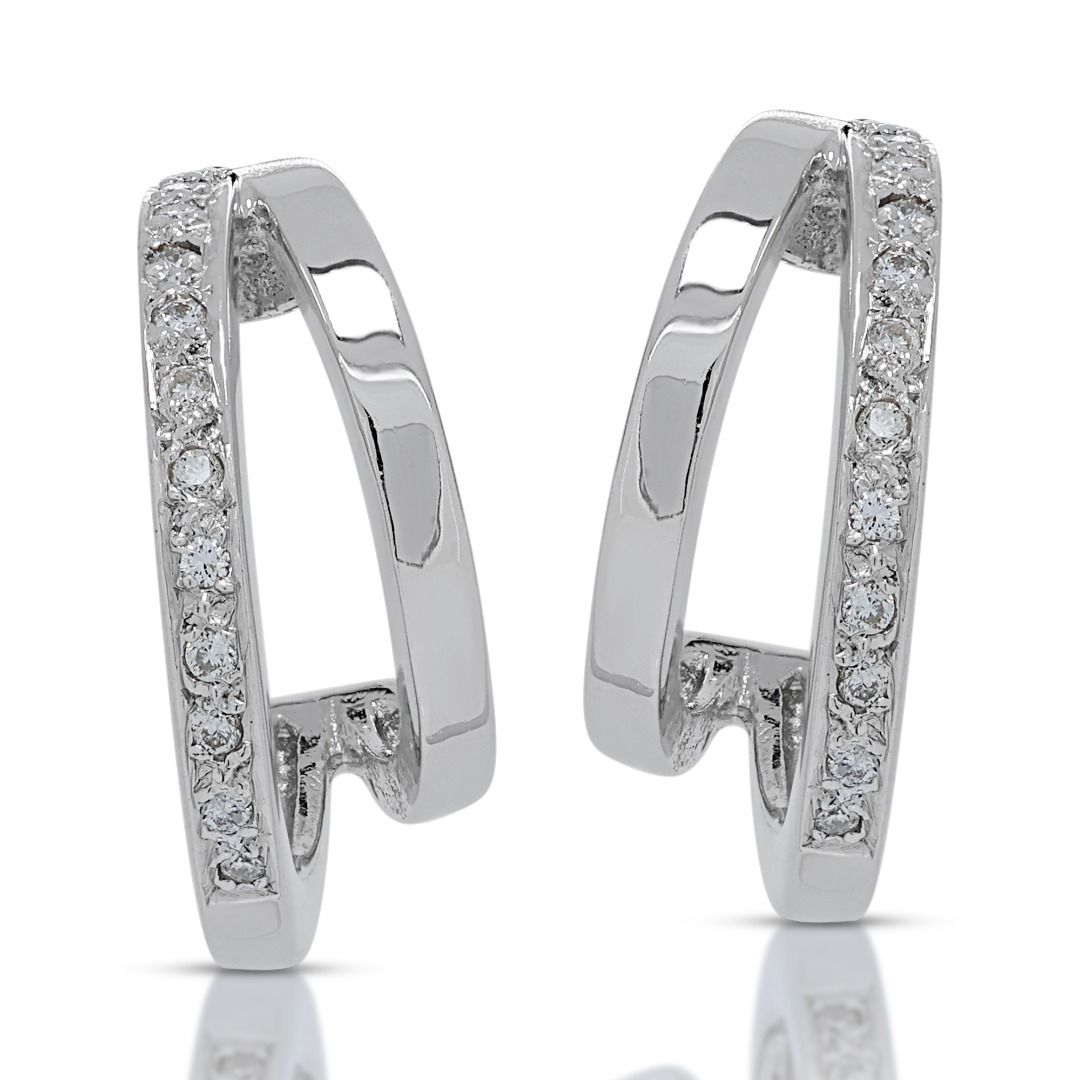What Is Diamond Certification
What Is Diamond Certification
Key Highlights:
- GIA is King: The Gemological Institute of America (GIA) sets the gold standard for diamond grading, ensuring consistent and reliable assessments.
- Beware of Over-Grading: Some labs inflate grades, leading to misleading representations of a diamond’s quality.
- The Ideal Choice: A skilled jeweller with GIA-certified diamonds offers the ultimate peace of mind.
- Navigating Non-GIA Diamonds: For budget-conscious buyers, consider reputable labs like IGI and HRD, but be cautious of look-alike labs and always compare to GIA references.
- Embrace Lower Grades with GIA: A well-cut, GIA-certified diamond with a slightly lower grade might be a better investment than a higher-graded stone from a less reputable source.
- Demand Documentation: Always ask for detailed diamond reports outlining characteristics, measurements, and fluorescence.
- Ask Questions: A reputable jeweller will happily address your concerns.
- Transparency Matters: We offer GIA-certified diamonds for ultimate peace of mind, but also cater to budget limitations with ethically sourced diamonds from reputable non-GIA labs.
Choosing a diamond can be daunting, especially when navigating the complexities of grading. This guide emphasizes the importance of accreditation and empowers you to make informed decisions without getting overwhelmed by specific details. By focusing on reputable grading standards, you can ensure that your diamond purchase reflects both quality and value, giving you confidence in your selection.
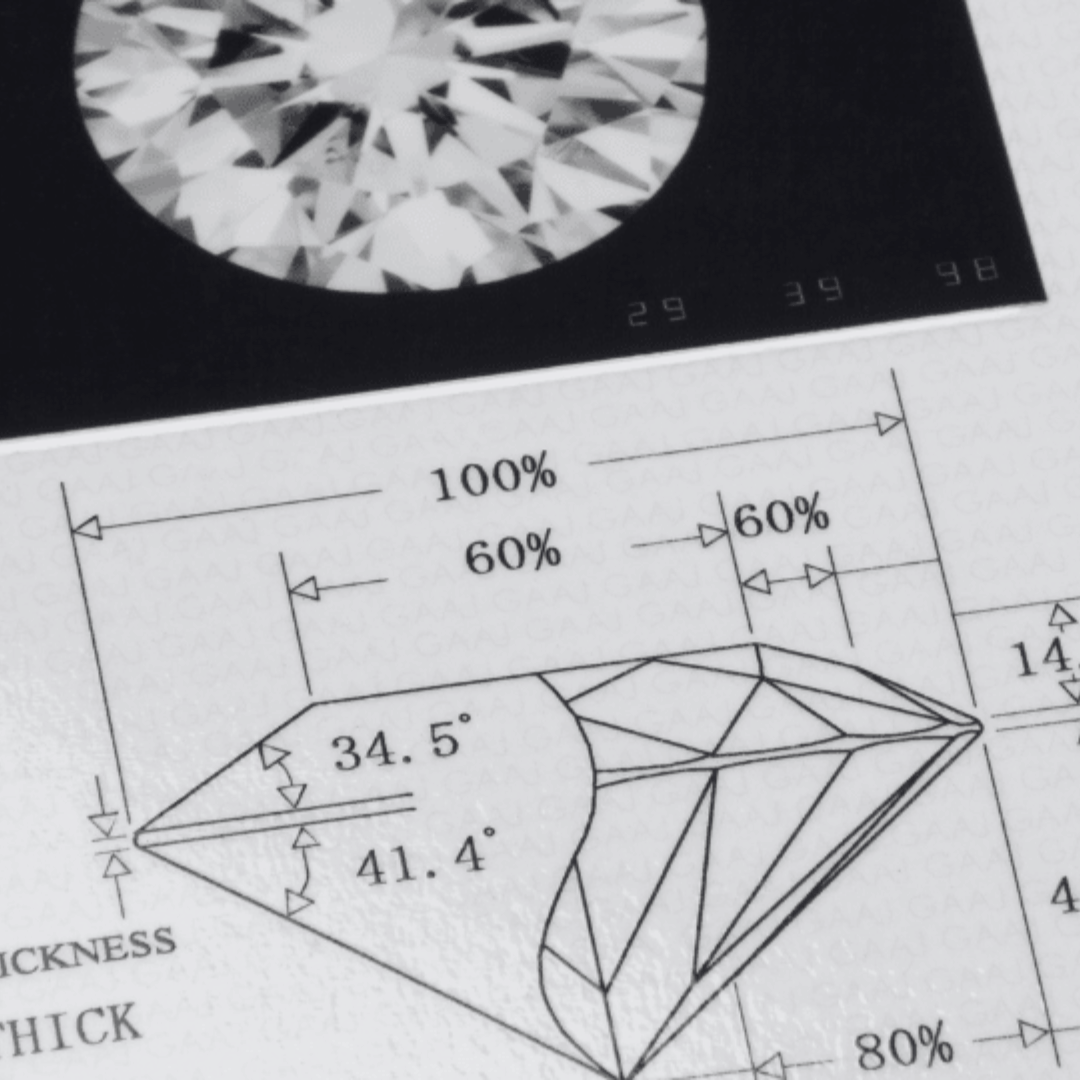
1. The Accreditation Maze: Why GIA Reigns Supreme
While many gemological labs exist, their grading standards can vary significantly. The Gemological Institute of America (GIA) is widely considered the gold standard, known for its stringent and consistent grading process. Other reputable labs include IGI and HRD, but their grades may be one step “less strict” compared to GIA.
2. Beyond the Letters: The Pitfalls of Over-Grading
Diamond grading relies on a letter system for colour and clarity. However, some labs inflate these grades, leading to misleading representations of a diamond’s quality. For example, a diamond graded “F” by a lenient lab might be closer to a “K” on the GIA scale. This can significantly impact a diamond’s value.
3. The Ideal Scenario: Trained Jewellers and GIA Certification
A skilled jeweller, with years of experience and gemological training, can accurately estimate a diamond’s grade, even without lab certification. However, for private buyers new to the world of jewellery, relying solely on a seller’s word can be risky.
4. Peace of Mind with GIA:
While GIA certification comes at a premium, it guarantees a reliable and consistent grading process. These diamonds come with detailed reports outlining inclusions and other characteristics.


5. Transparency is Key:
At Dianoche, we prioritize transparency. We offer GIA-certified diamonds for peace of mind and ethically sourced diamonds with documentation from reputable non-GIA labs for budget-conscious customers. We always disclose the reasons behind a diamond’s price point.
6. Embrace the Journey:
Choosing a diamond is an exciting experience. By understanding the importance of accreditation and asking informed questions, you’ll be well-equipped to find a diamond that sparkles with beauty and value for years to come.
7. Navigating Non-GIA Diamonds: Tips for Savvy Buyers
If considering a diamond without GIA certification, here are some crucial steps:
- Treat Other Accreditations with Caution: While IGI and HRD are reputable labs, their grades might be slightly lower than GIA’s.
- Beware of Look-Alikes: Some labs use names that mimic established institutions; scrutinize lab credentials carefully.
- Compare Before You Commit: Always compare the diamond to GIA-certified reference stones under fluorescent light, using a 10x magnification lens.
- Embrace Lower Grades: A well-cut, GIA-certified diamond with a slightly lower grade might be a better investment than a higher-graded diamond from a less reputable source.
- Demand Detailed Documentation: Insist on comprehensive diamond reports detailing characteristics, measurements, and fluorescence.
- Ask Questions: Don’t hesitate to ask questions; a reputable jeweller should be happy to address your concerns.

Conclusion
Unlocking the world of diamonds can indeed feel like navigating a complex labyrinth, filled with terms and criteria that can be overwhelming. However, with the knowledge you’ve gained about trusted certifications and responsible buying practices, you’re now well-prepared to make a decision that you can feel good about. Remember, a diamond’s brilliance is more than just its grade on paper; it’s about finding a stone that resonates with your unique style, preferences, and budget.
As you embark on your diamond discovery journey, keep in mind that the right diamond is one that not only dazzles with its sparkle but also holds personal significance and value. Whether you’re drawn to a classic round cut or something more unconventional, your choice should reflect who you are and what you love. So, with confidence in your newfound understanding and a touch of excitement, take the next step towards finding the diamond that will be a cherished part of your story. Your journey into the world of diamonds is just beginning, and with the right knowledge, it’s sure to be a sparkling success!


